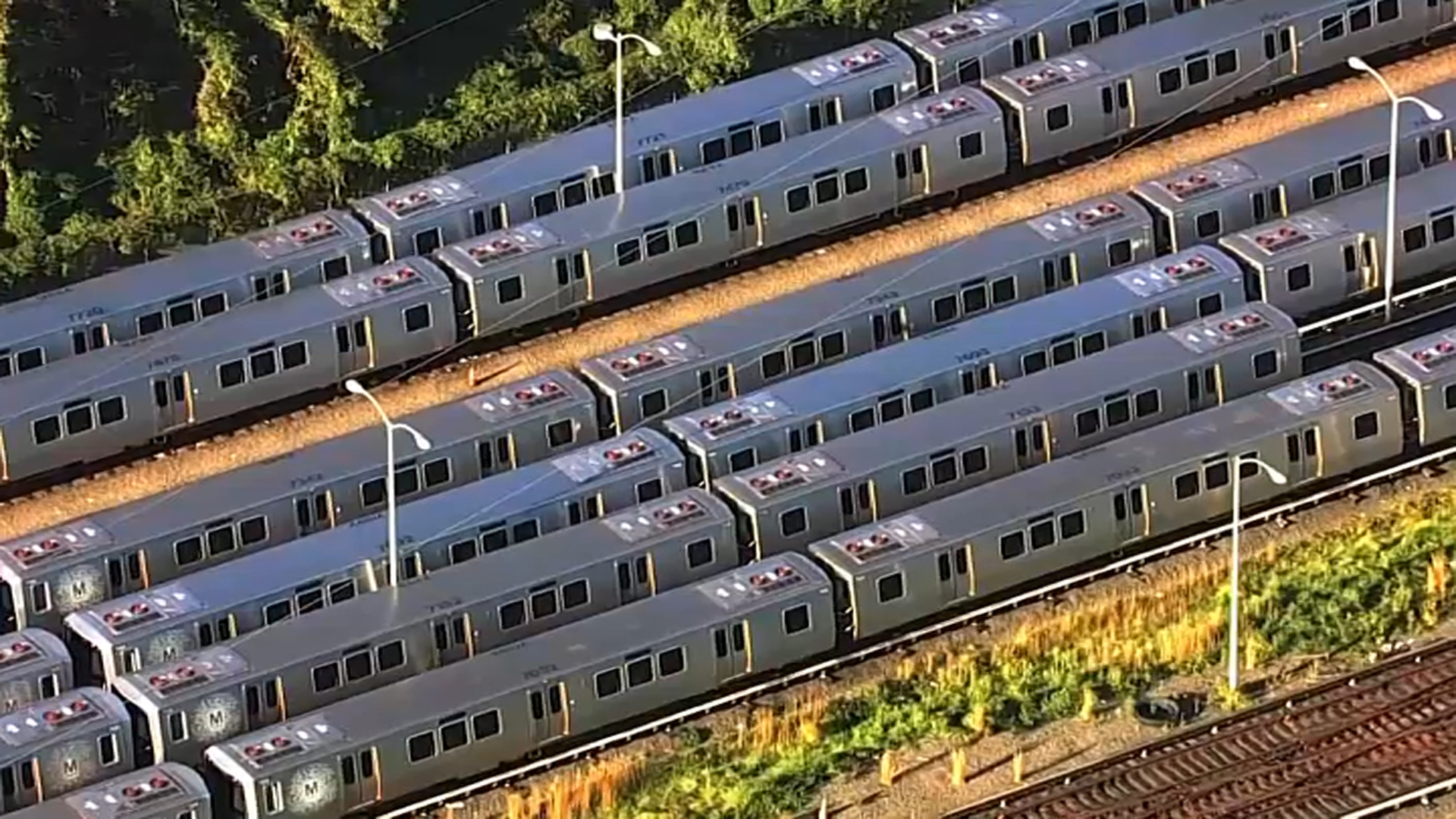What to Know
- Metro will continue limited rail service schedules through at least Oct. 31, General Manager Paul Wiedefeld said.
- Metro riders can expect Red Line trains to depart every 15 to 20 minutes and trains on other lines to depart every 20 to 30 minutes. Wait times could be longer.
- There's no timeline yet for the 7000 series cars to return to service. They make up more than half of Metro's fleet.
Metro will continue to run limited service through the end of the month and has no timeline to return more than half of its train cars to service as federal investigators look into a derailment on the Blue Line.
Through at least Oct. 31, Metro riders can expect this service to continue:
- Red Line trains will depart every 15 to 20 minutes. Waits could be up to 30 minutes, Metro previously said.
- Orange, Silver, Blue, Yellow and Green lines will have trains depart every 20 to 30 minutes. Waits could be up to 40 minutes, Metro previously said.
We're making it easier for you to find stories that matter with our new newsletter — The 4Front. Sign up here and get news that is important for you to your inbox.
Metro took all 7000 series cars off the tracks after the derailment. There were no injuries.
Metro General Manager Paul Wiedefeld says the agency is working to restore full service but doesn’t have a specific timeline yet on when 7000 series trains can safely go back on the tracks.
“It's too early to give a timeline,” Wiedefeld said, acknowledging hardship to passengers. “What the timeline is going to be driven by is safety.”
Riders are encouraged to use Metrobus and other bus routes when possible.
The service disruptions are another obstacle toward Metro's goal of bringing commuters back after the pandemic made ridership plummet.
On average, about 157,000 people a day rode Metro last week, officials said.
Since the pandemic began, about 200,000 people rode Metro on its busiest days; ridership before March 2020 was typically 600,000 to 650,000 per day.
What's Needed to Get 7000 Series Cars Back in Service?
Metro says it is currently working with safety partners and the manufacturer of the 7000 series cars, Kawasaki, to “inspect every wheel.”
Metro is considering more frequent inspections, plus new inspection protocols.
The 7000 series cars will have to be processed and undergo the new inspection process before returning to service.
Wiedefeld said he wouldn't comment on the specific cause of the derailment because a federal investigation by the National Transportation Safety Board is ongoing.
Some older Metrorail cars were set to go back into service soon as inspections into potentially faulty 7000 series railcars continue, NBC Washington reported.
"We're putting as much manpower there to get those to the standard that they need to be to run the service," Wiedefeld said Friday. "We will put those out as quickly as we can."
D.C. Mayor Muriel Bowser, who was once on Metro's board, said Thursday she's keeping an eye on inspections of the troubled 7000 series railcars.
"I know the inspections are happening at the rate they're supposed to happen and I’m hopeful that the cars that have been taken out of service for inspection will be back in service very soon,” Bowser said.



